How do those who commission photography pick up on trends, and where do they find…
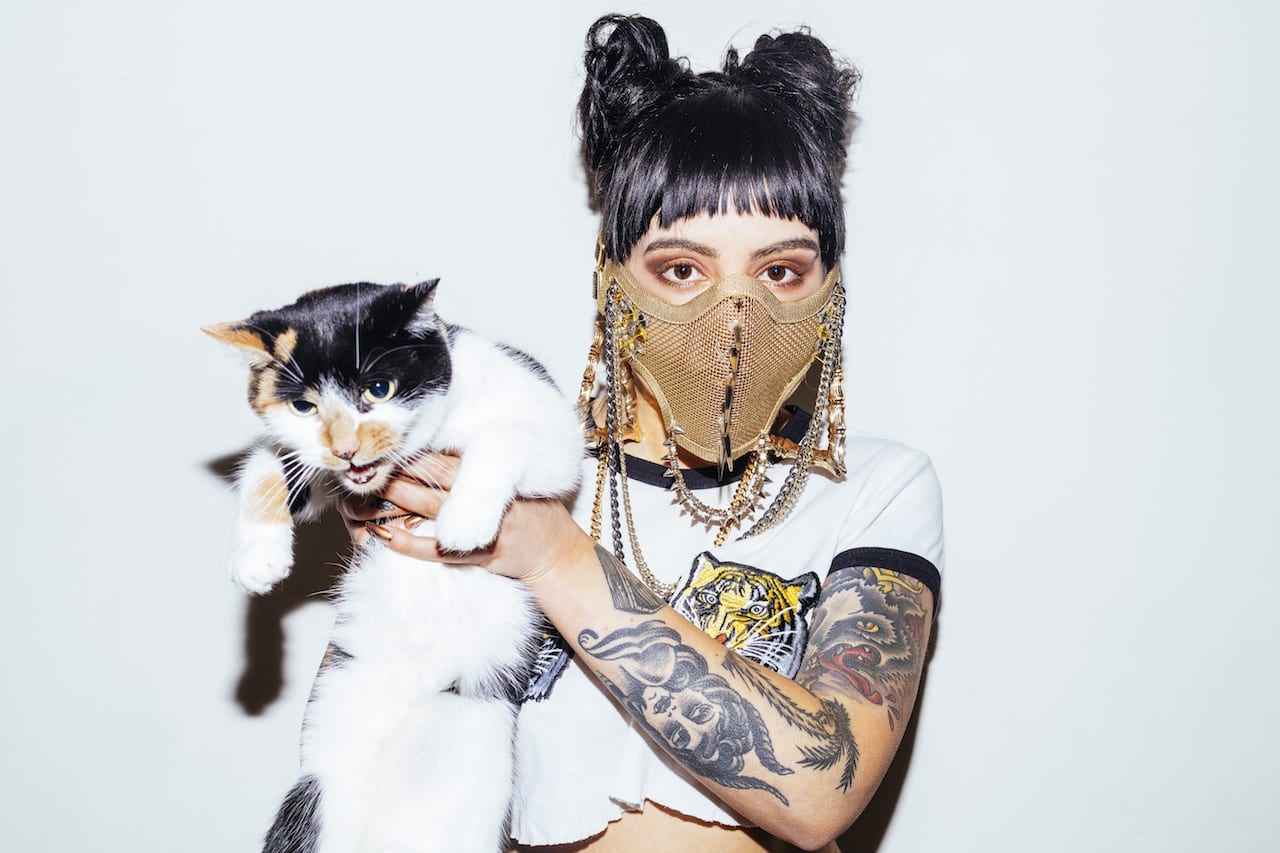
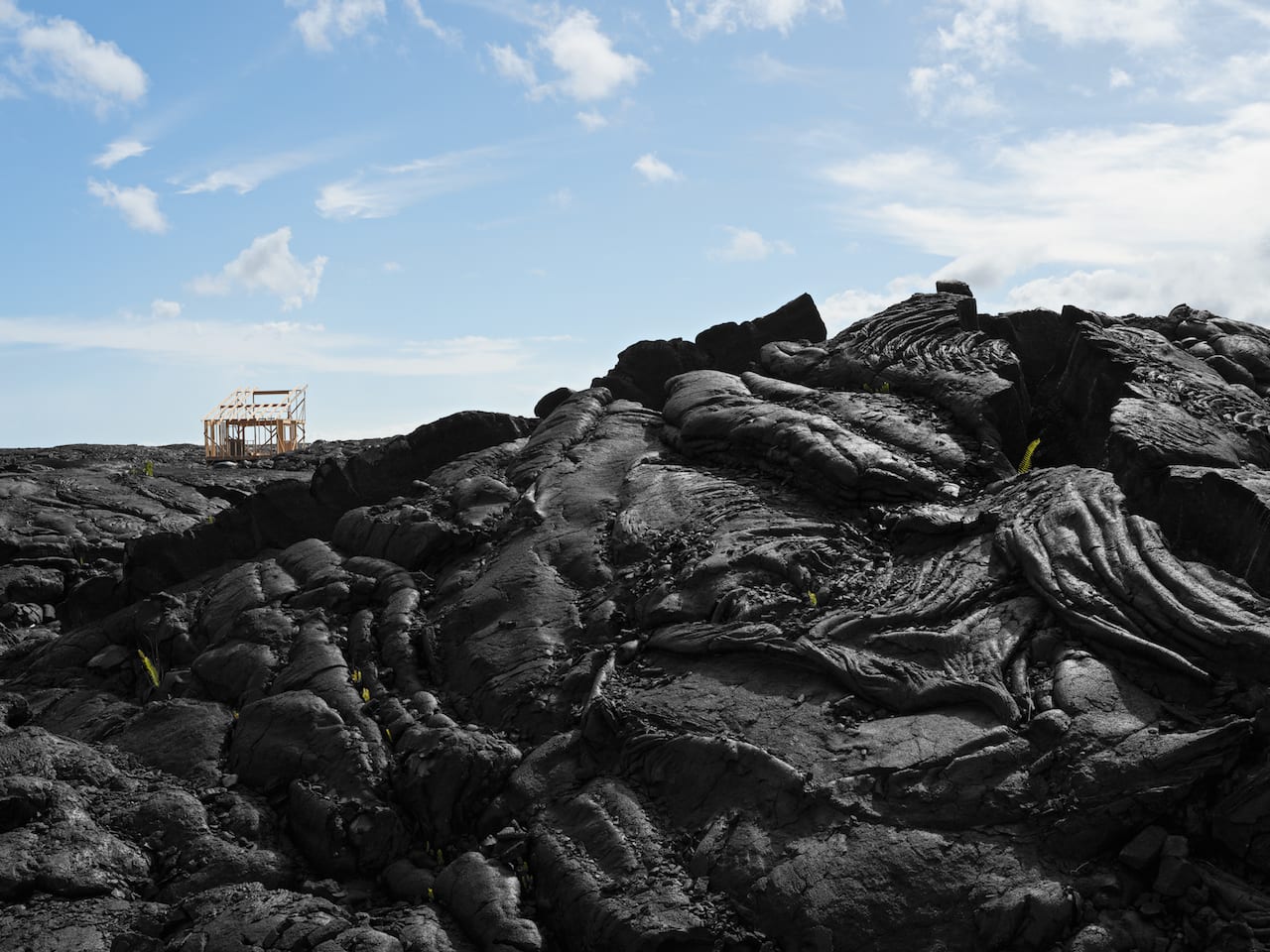
Born in 1983 in the United States, Lucas Foglia grew up on a small farm some 30 miles east of New York city. His family grew their own food and lived a life away from the bustle of shopping centres and the surrounding suburbs. “The forest that bordered the farm was my childhood wilderness,” he says. “It was a wild place to play that was ignored by our neighbours, who commuted to Manhattan.” But in 2012 Hurricane Sandy charged through his family’s fields, flooding the farm and blowing down the oldest trees in the woods. “On the news, scientists linked the storm to climate change caused by human activity,” Foglia recalls. “I realised that if humans are changing the weather then there is no place on earth unaltered by people. I looked through my archive and set aside some photographs that became the seeds for my third book.”
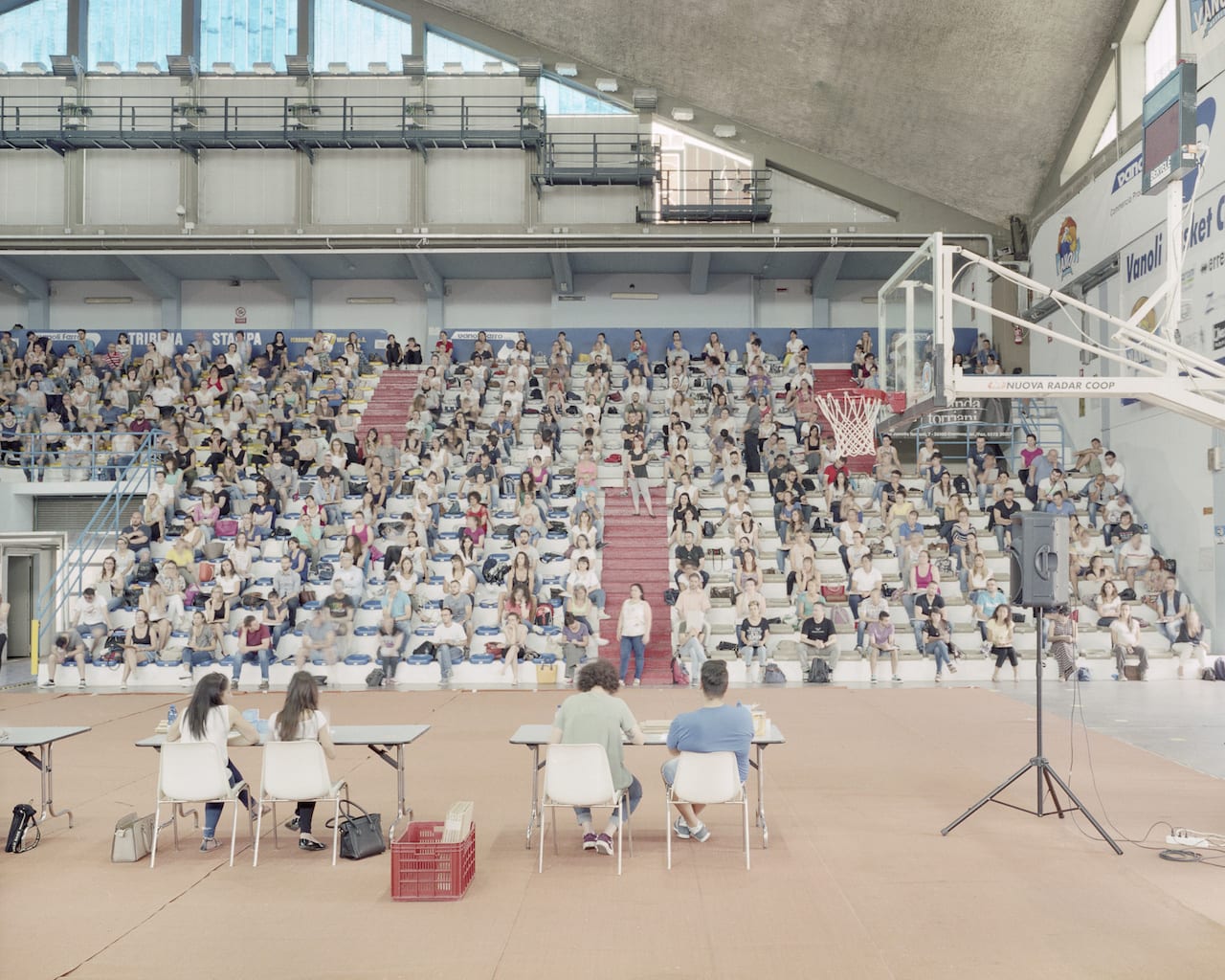
The numbers are just staggering – 2813 applicants showing up for nine nursery teacher positions; 10,000 for 14 policer officer roles; and 1099 for one nursing post. These are the Italian Civil Service exams, and Michele Borzoni photographed them for over a year, capturing their sheer size with a medium format camera and a perspective-correcting lens more usually used for large-scale architectural shots. “I wanted to emphasis this sense of mass, the loss of individuality, the person reduced to number,” he says. “The competitions are sometimes a humiliating path, because often they do not assess the individual capacity, at least not in the early stages of the competition.”
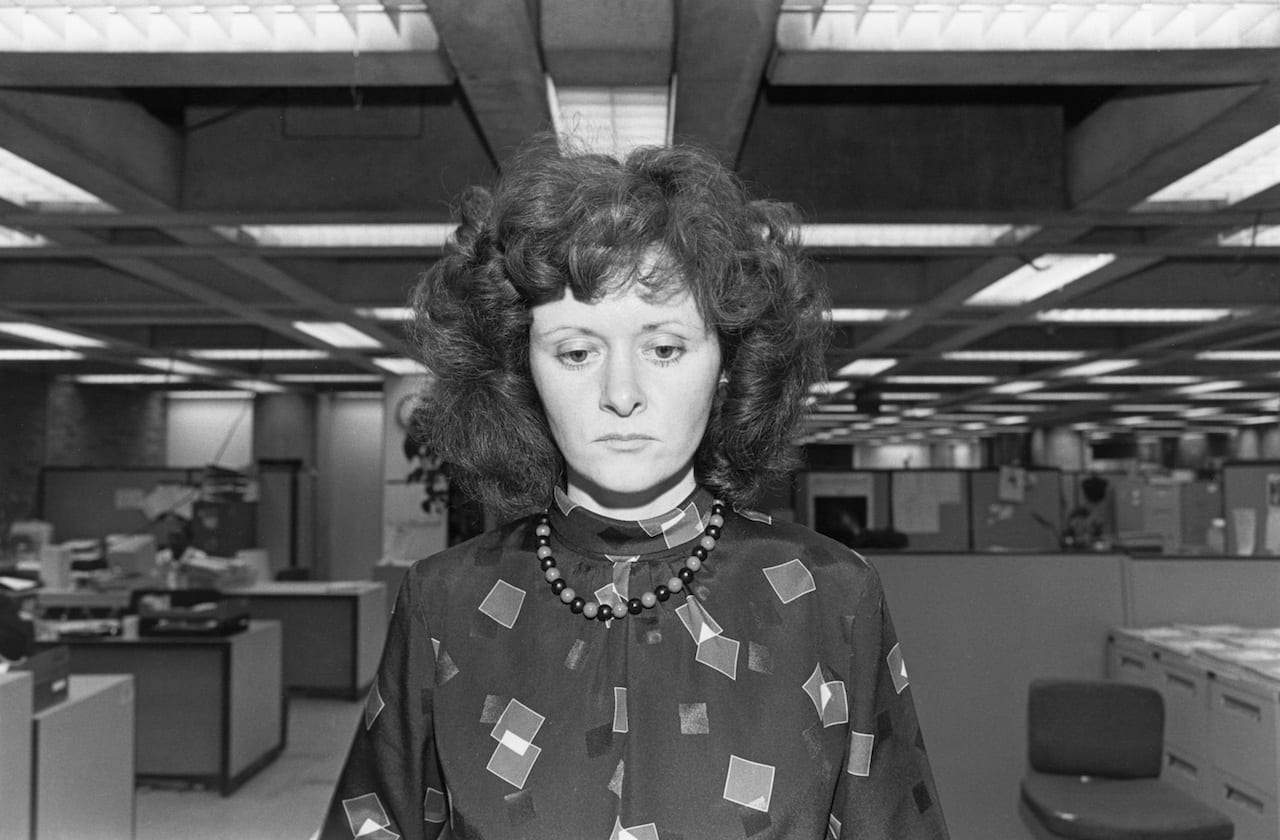
Foto/Industria Biennial returns to Bologna, with 14 exhibitions centring around the idea of identity and illusion in photographs of work, curated by Francois Hébel and including image-makers such as Thomas Ruff, Josef Koudelka, Lee Friedlander, Joan Fontcuberta, Alexander Rodchenko, Mitch Epstein, Yukichi Watabe, John Myers and Michele Borzoni.
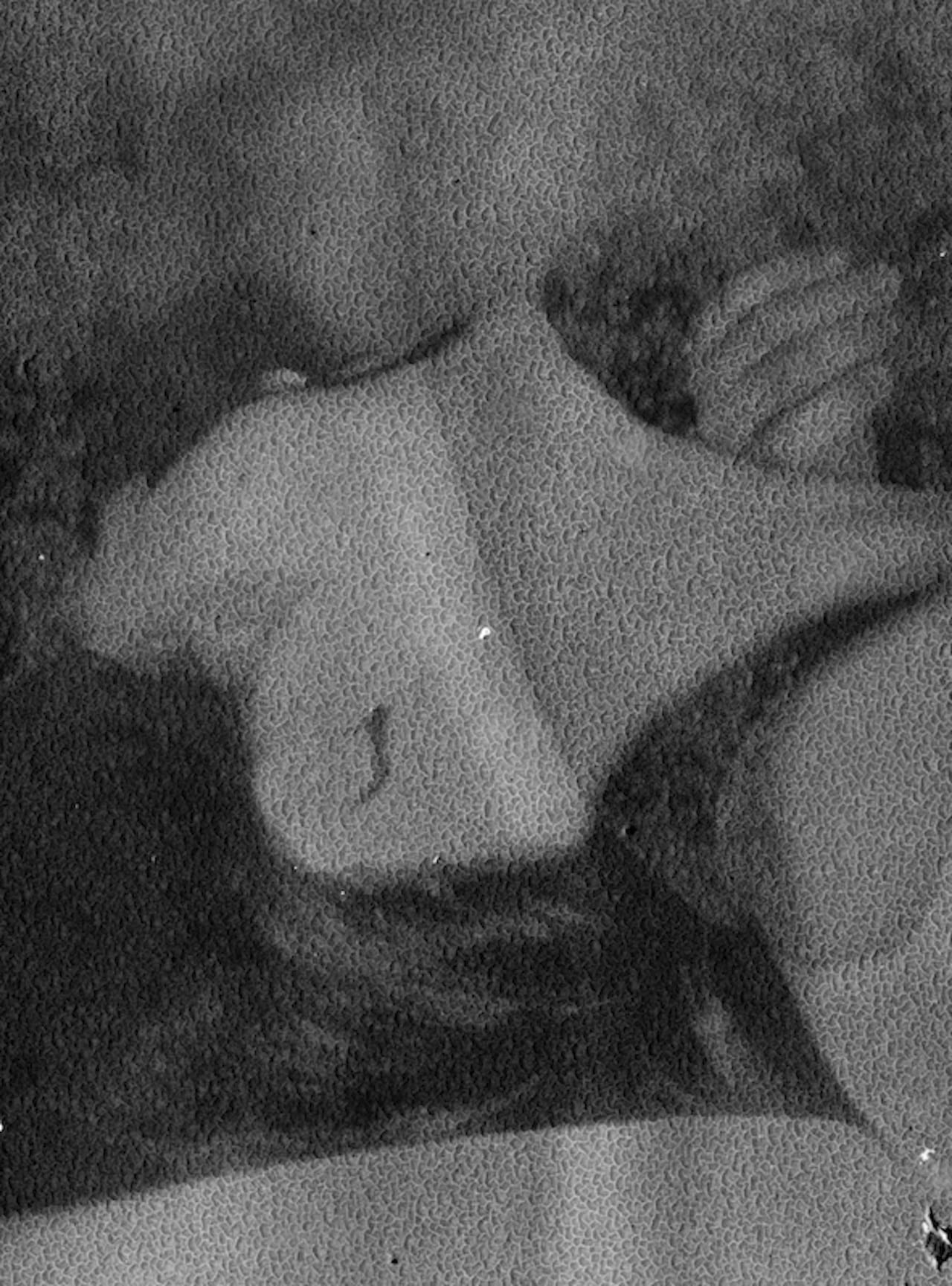
We are in Arles, where in July 2016 he showed Mortuary, one of his signature sculptural installations, made up of heavily manipulated, elongated photographic forms. He had been selected for the Rencontres photofestival’s Discovery Award, though in truth this cat had been long out of the bag – Yokota exhibited in Arles in 2015, showing his almost imperceptible inky-black prints from his Inversion series as part of Another Language: 8 Japanese Photographers, curated by Simon Baker of Tate Modern. And in the preceding half decade, his intriguing, visually arresting performances, experiments, installations, books, soundscapes and collaborations have blazed a trail from Tokyo to wider international acclaim, taking photography on a journey to the extreme. In this he is a revolutionary, with neither pretension nor timid creativity. The sheer energy with which he produces work is extraordinary, verging on obsessional and driven by a desire to constantly record, destroy and then recreate. Anxiety is the fuel. “In my mind, I have an image of burning energy in continual production,” he says.
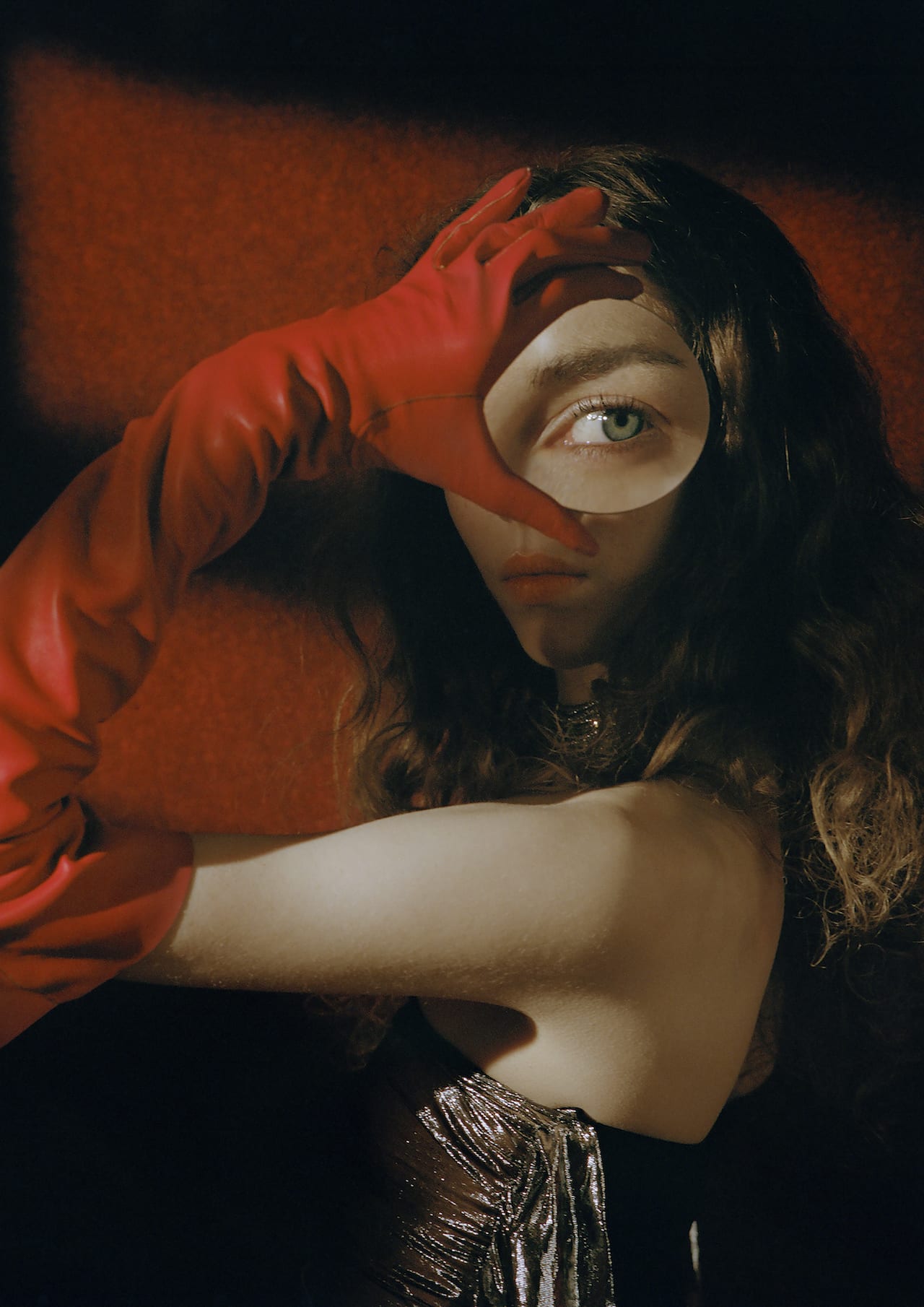
Katie Burdon’s ethereal fashion images make no secret of a childhood spent outside in the English countryside. A Cornish native, the 20-year-old first began taking photographs when she was 14, using her friends as models and the picturesque fields, woods, and seaside of her surroundings as her backdrop. Now a graduate of the University of Bournemouth, her practice has evolved into an intimate and considered portrayal of femininity through fashion photography. With a rich yet hazy 1970s-inspired palette and surreal undertones, Burdon’s photographs are elegant in their composition, yet still capture something of the raw and playful nature of youth. Determined to counteract the impossible beauty standards of the imagery she grew up with, the young photographer prefers being real and “celebrating women”, choosing models with big personalities.
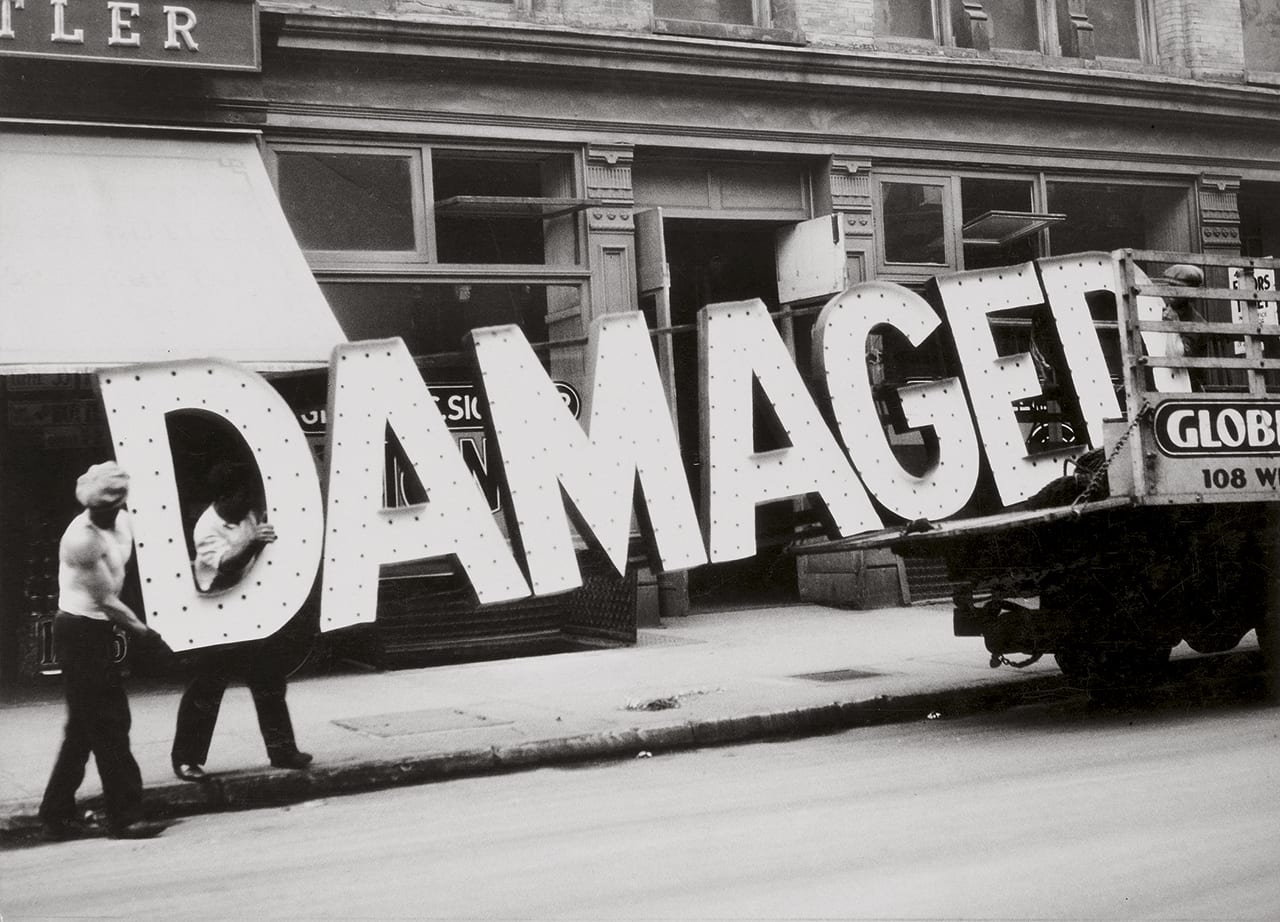
“There are two important things about this show,” says Clément Chéroux, senior curator of photography at SFMOMA. “First, the quantity of work – more than 300 photographs, quite a large selection, because we were able to get support from most of the big institutions – MOMA, the Art Institute of Chicago, the Metropolitan Museum of Art, National Gallery of Canada, the Musée du Quai Branly and so on, and private collections from around the world. Second, is the fact that it is arranged thematically rather than chronologically. Usually when you look at important retrospectives they are chronological, but we organised by theme because we wanted to organise it around Evans’ passion for the vernacular. He was fascinated with vernacular culture.”
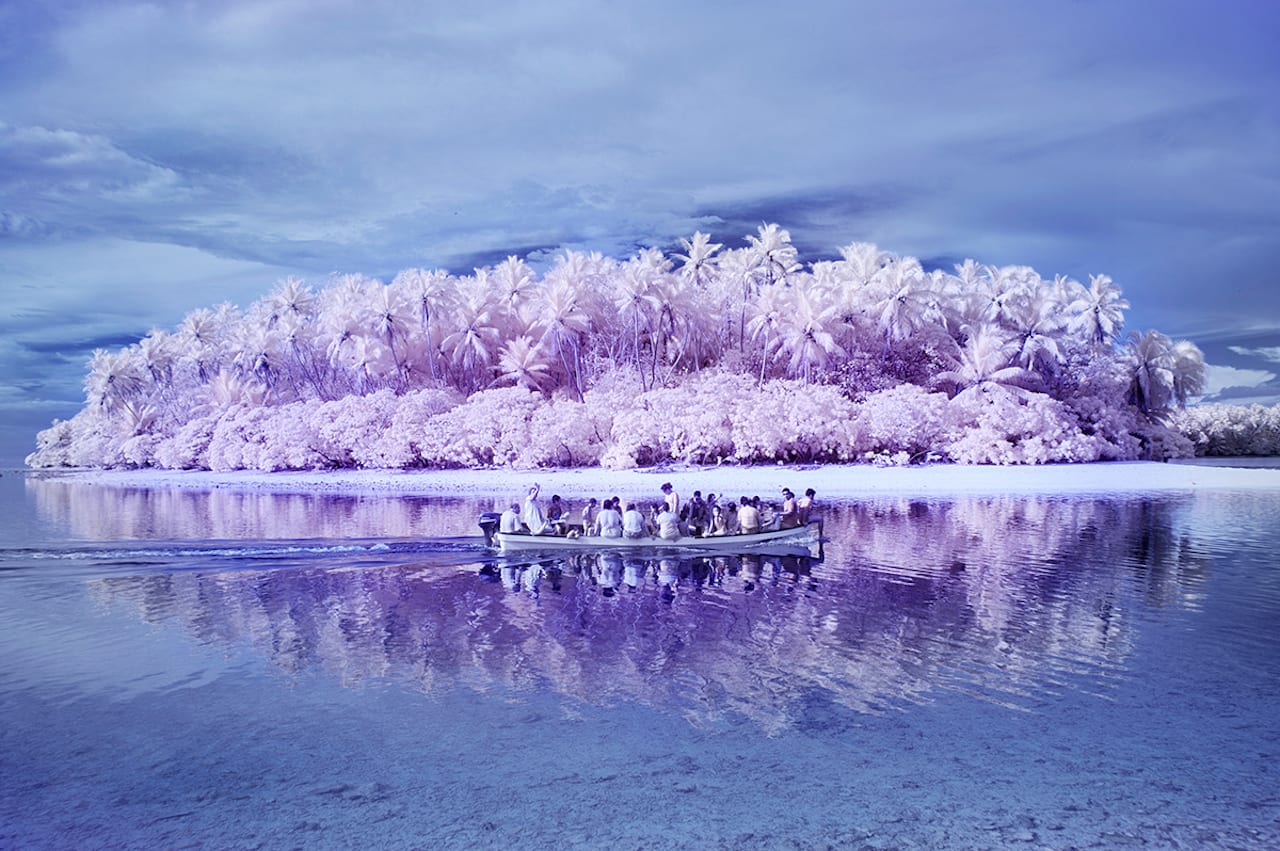
NOOR, the prestigious photo agency and foundation, has signed up three new nominees – Sanne de Wilde, Arko Datto and Leonard Pongo. Hailing from Belgium, India and Belgium/DR Congo respectively, all three are known for their cutting-edge work, rooted in documentary but pushing the aesthetic boundaries of image-making.
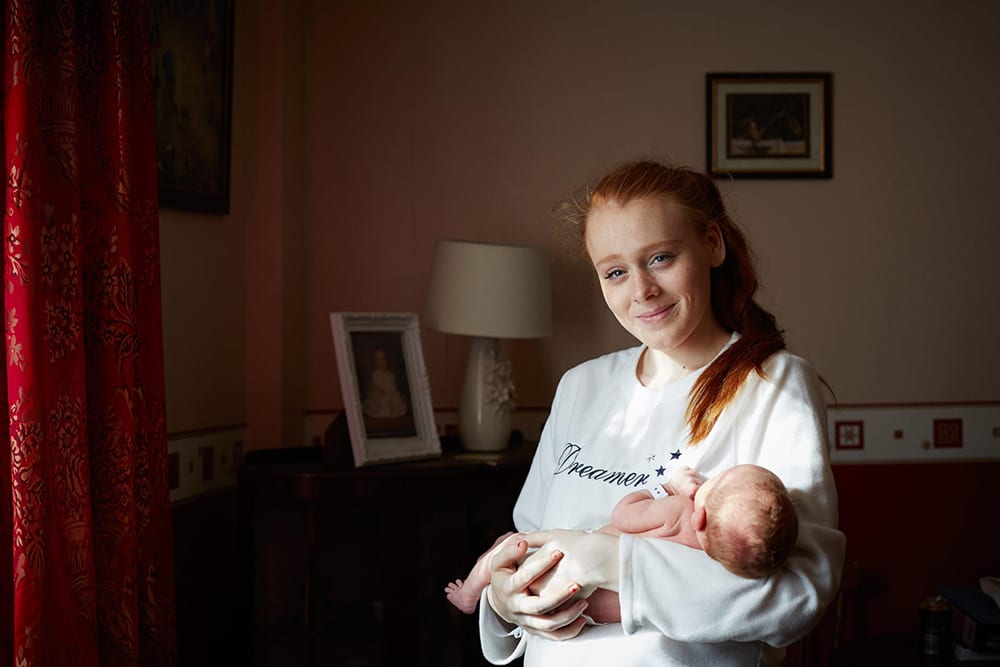
An intimate portrait of the first twenty-four hours of motherhood by acclaimed portrait photographer Jenny Lewis.
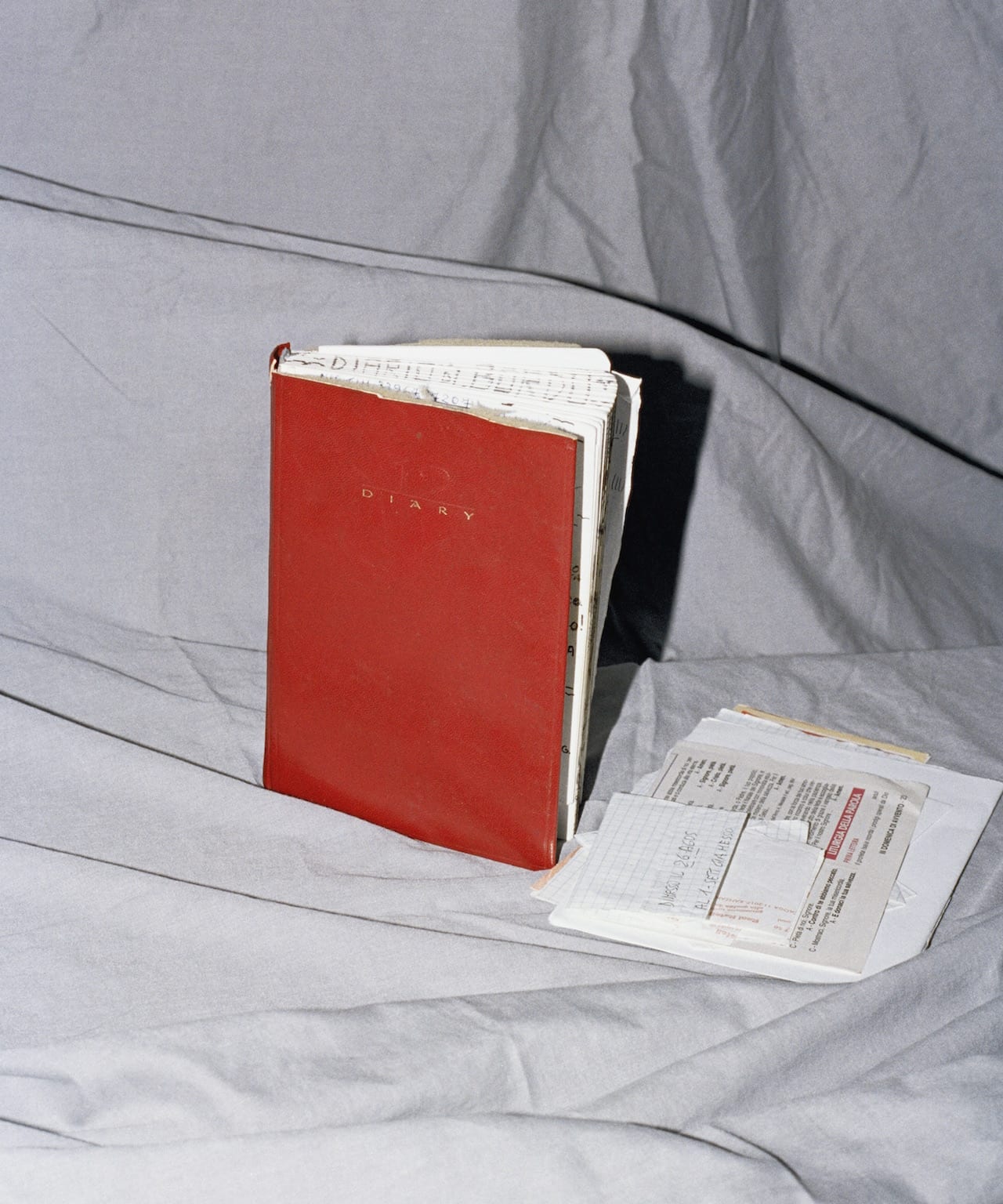
When Veronica Viacava moved to London, straight out of high school in Milan, she had never studied photography. But she had developed an interest in the concept of the photographic image, beyond the physicality of manually taking pictures, and seeking independence from her family, who didn’t approve of her desire to study the arts, enrolled at the University of Middlesex. Viacava has just graduated, and her work has been deeply personal throughout. When she was 17, her mother passed away, which led to intense musings on old family photo albums. By the end of her second year at Middlesex, she had begun to think about the materialisation of memory and “the idea of photography turning the past into an object”, she says. “So that you can look through it.”